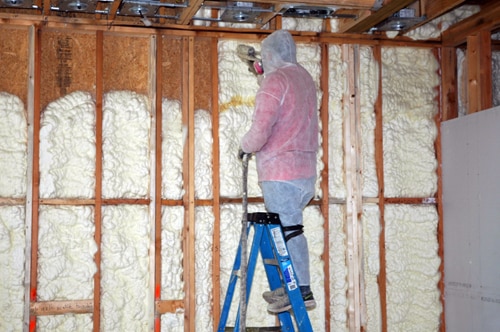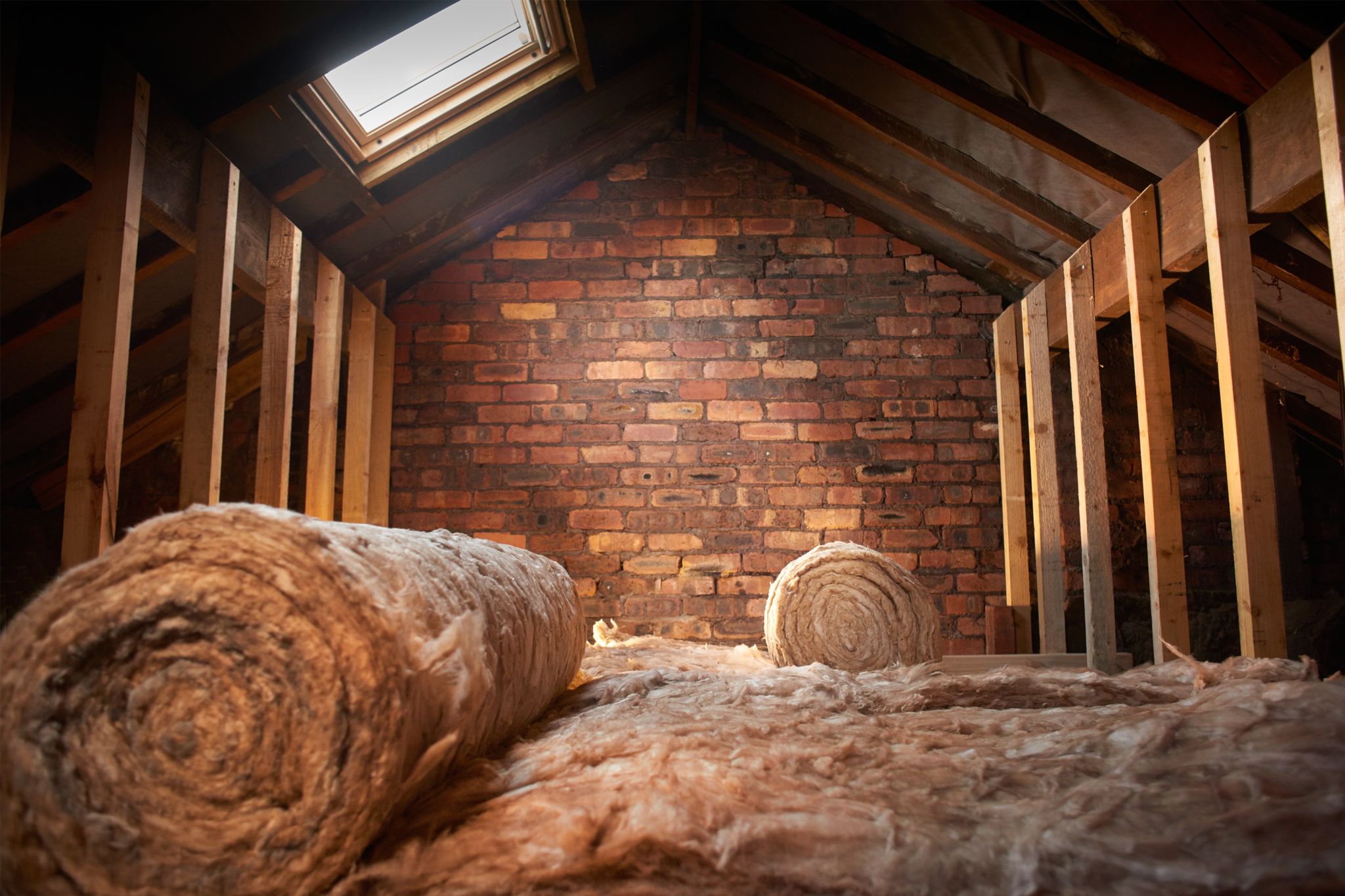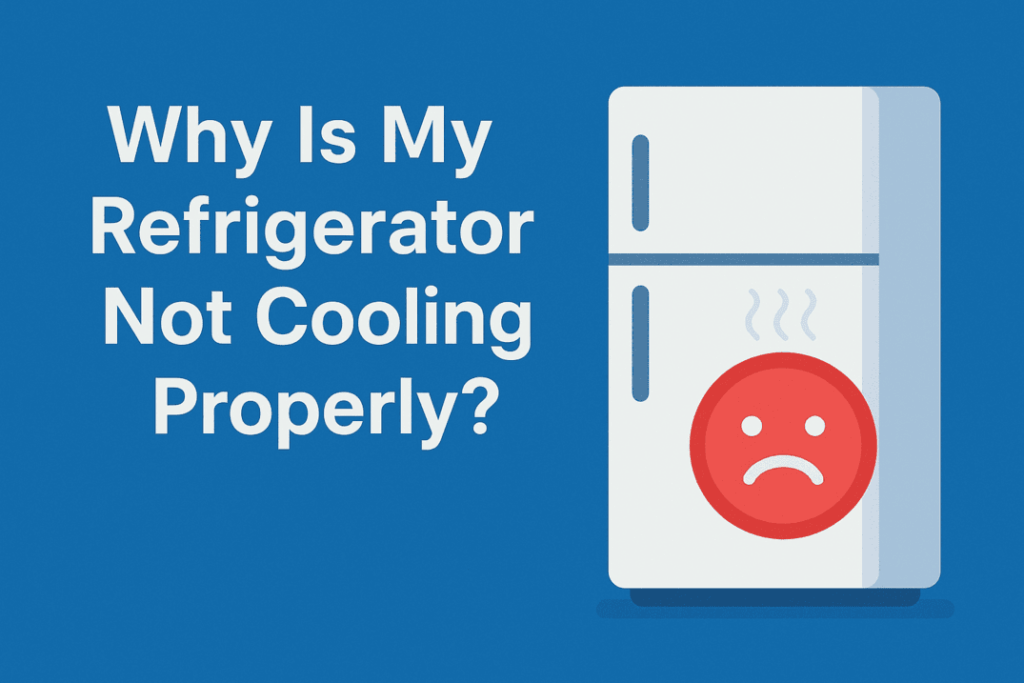When it comes to insulating modern homes, spray foam stands out as one of the best options due to its energy efficiency, versatility, and durability. Unlike traditional insulation materials, spray foam creates an airtight seal, offering superior performance in maintaining temperature control, reducing energy consumption, and improving indoor air quality. This article will explore why spray foam is the top insulation choice for modern homes, covering the benefits, technical specifications, and factors to consider before making a decision.
Core Benefits of Spray Foam Insulation
Spray foam insulation provides unparalleled benefits compared to traditional materials like fiberglass or cellulose. The primary advantages include:
- Energy Efficiency: Spray foam insulates by expanding and sealing gaps and cracks in walls, roofs, and floors. This expansion leads to a higher R-value per inch, making spray foam a better insulator than fiberglass and cellulose.
- Air and Moisture Barrier: Spray foam serves as an airtight and moisture-resistant barrier, which prevents drafts, moisture intrusion, and mold growth. This feature contributes to a healthier indoor environment.
- Longevity: Unlike traditional insulation materials, spray foam does not sag, shrink, or settle over time. It retains its insulating properties for the long term, ensuring sustained energy efficiency.
- Environmental Impact: Spray foam insulation can help reduce a home’s carbon footprint by improving energy efficiency. Moreover, there are eco-friendly spray foam options available that are made with renewable materials and low global warming potential (GWP) agents.

Types of Spray Foam Insulation
Spray foam insulation comes in two main types: closed-cell and open-cell. Each type has its unique characteristics and ideal applications for modern homes.
Closed-Cell Spray Foam
Closed-cell spray foam is a dense, rigid material that provides excellent thermal insulation and acts as a vapor barrier.
| Property | Closed-Cell Foam |
| R-Value (per inch) | 6.0 – 7.0 |
| Density | 1.5 – 2.0 lbs/ft³ |
| Vapor Barrier | Yes |
| Water Resistance | High |
| Durability | Long-lasting |
Open-Cell Spray Foam
Open-cell spray foam is lighter, more flexible, and less dense, offering good thermal insulation but not acting as a vapor barrier.
| Property | Open-Cell Foam |
| R-Value (per inch) | 3.5 – 4.0 |
| Density | 0.5 – 1.0 lbs/ft³ |
| Vapor Barrier | No |
| Water Resistance | Low |
| Durability | Moderate |
Things to Consider Before Making a Decision
Before choosing spray foam insulation for your home, there are several factors to keep in mind to ensure it’s the right option for your needs.
Cost
Spray foam tends to be more expensive than other insulation materials like fiberglass or cellulose. However, the higher initial investment is often offset by long-term savings on energy bills due to its superior insulating properties.
Installation
Spray foam insulation should be installed by professionals who are trained and equipped to handle the application process. DIY installation is not recommended, as improper installation can lead to suboptimal performance and potential health risks.
Environmental Impact
While spray foam insulation is highly effective, it may have a higher environmental impact during manufacturing, especially with certain types of chemical blowing agents used. Look for low GWP products to minimize this impact.
Space Considerations
Closed-cell spray foam is ideal for areas where space is limited, such as attics or crawl spaces, due to its higher R-value. Open-cell foam, while less dense, works well in areas with more available space where moisture resistance is less critical.
Technical Specifications and Data
Understanding the technical specs of spray foam insulation can help you make an informed decision. Below are key specifications to consider when comparing spray foam types.
| Feature | Closed-Cell Spray Foam | Open-Cell Spray Foam |
| R-Value (per inch) | 6.0 – 7.0 | 3.5 – 4.0 |
| Density | 1.5 – 2.0 lbs/ft³ | 0.5 – 1.0 lbs/ft³ |
| Expansion Rate | 30 – 60 times original size | 100 – 120 times original size |
| Fire Resistance | Class 1 (highest) | Class 1 |
| Water Absorption | Very low | Moderate |
| Durability | Lifetime | 20 – 25 years |

Common Questions
What is the difference between closed-cell and open-cell spray foam?
Closed-cell foam is denser and more rigid, providing better insulation and moisture resistance. Open-cell foam is lighter and more flexible, offering decent insulation but no moisture barrier.
Is spray foam insulation safe for my home?
When installed by professionals, spray foam insulation is safe for your home. Ensure that the installer uses appropriate protective equipment during the application process to avoid exposure to chemicals.
How long does spray foam insulation last?
Spray foam insulation can last for the lifetime of your home, retaining its insulating properties without sagging, settling, or deteriorating.
Is spray foam insulation worth the higher upfront cost?
While spray foam insulation can be more expensive than traditional materials, it offers significant long-term savings by improving energy efficiency and reducing heating and cooling costs.
Can spray foam insulation be used in all parts of the home?
Yes, spray foam insulation can be used in a variety of locations, including attics, walls, basements, crawl spaces, and even roofs.
Bonus Tips
- Combine Spray Foam with Other Insulation: For optimal performance, consider using spray foam in conjunction with other insulation materials, such as fiberglass batt or blown-in cellulose, to achieve the ideal thermal performance.
- Consider the Climate: If you live in a region with extreme temperature fluctuations, closed-cell foam may be a better choice due to its higher insulating capacity and moisture resistance.
- Seek Professional Advice: Always consult with a professional insulation contractor who can assess your home’s needs and recommend the best spray foam insulation type based on factors like climate, space, and budget.
FAQ
What is the cost of spray foam insulation?
The cost of spray foam insulation varies depending on the size of the area to be insulated and the type of foam used. Generally, closed-cell foam costs more than open-cell foam, but it offers greater insulation.
How much energy can I save with spray foam insulation?
Homeowners can save 30% or more on energy bills by switching to spray foam insulation, thanks to its high R-value and ability to reduce drafts and moisture buildup.
Is spray foam insulation a good choice for older homes?
Yes, spray foam insulation can be a great option for older homes. It can be applied to existing walls, attics, and basements, improving energy efficiency without the need for major renovations.
Can spray foam insulation help with soundproofing?
Yes, spray foam can provide some soundproofing benefits, particularly open-cell foam, which absorbs sound waves and reduces noise transmission between rooms.
Make the Right Decision
When selecting insulation for your home, consider all aspects of spray foam insulation, including cost, installation requirements, and long-term benefits. By choosing the right type of spray foam and professional installation, you can significantly improve your home’s energy efficiency, comfort, and environmental sustainability.









